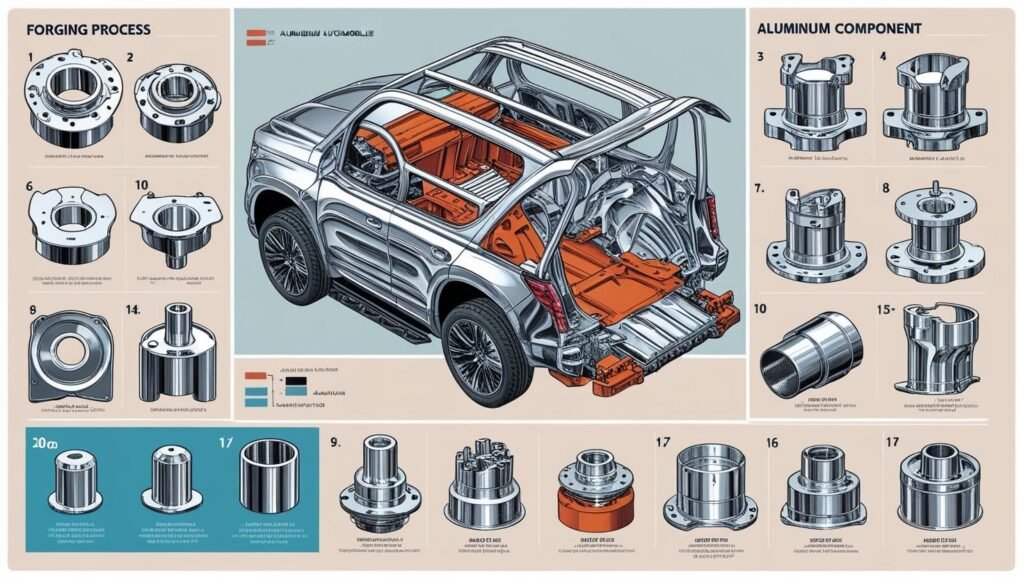
Aluminum forging is a manufacturing process in which aluminum alloy is shaped under high pressure to form strong, lightweight components. Due to its excellent strength-to-weight ratio, corrosion resistance, and thermal conductivity, aluminum is widely used in aerospace, automotive, defense, and medical industries. The process involves heating the aluminum billet to a specific temperature (not melting point) and pressing it into dies that define the final shape. This results in high structural integrity, improved grain structure, and tight dimensional tolerances.
In aluminum forging, several aluminum alloys are used depending on the application. Here are the most common types:
High strength, used in aerospace & defense.
Example: 2024-T4
Good strength, corrosion resistance & weldability.
Widely used in automotive and structural parts.
Example: 6061, 6082
Extremely high strength, often used in aerospace.
Example: 7075-T6
Excellent corrosion resistance, used in marine & transport.
Example: 5083, 5052

Scope of Forging Consultancy Services We offer comprehensive forging c
Screw Press for Titanium and Aluminum Screw Press for Titanium and Alu
Set up your complete forging line with expert consultant Amit Singh. F
India Best Young Forging Consultant Amit Singh
Electric Screw Press: Types, Benefits, Advantages, and Services Electr
Adhvika Forge Tech offers advanced Electric Screw Presses (250–8500
Expert Forging Consultant Amit Singh specializes in Die Design, Forgin

Blog: The Art and Science of Forging: A Key Player in Manufacturing Ex
we specialize in providing end-to-end services for the installation an
Why Electric Screw Press Offers the Cheapest Forging Cost Introduction
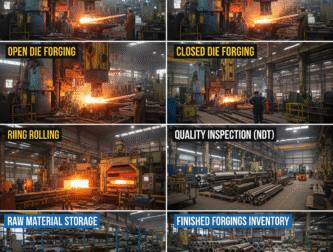
Adhvika Forge Tech’s Bangalore factory delivers world-class forging
Join us at IMTEX FORMING 2026 and explore how Forging Consultant can h
Claw Pole Forging Solution – Complete Turnkey Process for Automob
Get expert Forging Consultancy Services from Forging Consultant – tu

High-performance materials like titanium, alloys & composites drive ae
Aluminum forging is a manufacturing process in which aluminum alloy is
Turnkey Solutions from design to production we gives you best Turnkey
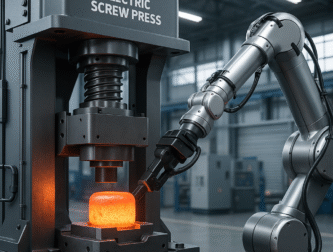
Top 10 Electric Screw Press Brand & Manufacturers Top 10 Electric Scre
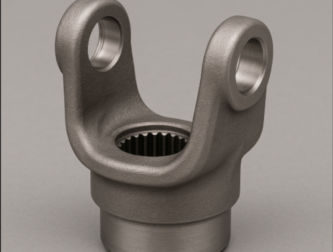
Automotive Drivetrains to Connect the Driveshaft to the Transmission o

Inconel,Nimonic,Hastelloy,Nickel, Stellite Forging Solution
Complete Hip Stem Forging Line Setup by Forging Consultant Precision F
Amit Singh is a leading forging consultant offering expertise in plant
Forging Consultant provides the best turnkey solutions for bombshell p
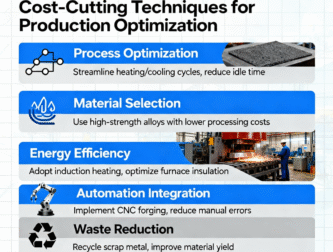
Cost-Cutting Techniques in Forging: Optimize Production Without Compro
Automation in forging with robots cuts cycle time by 40%, boosts outpu
Explore how 10 per kg forging rates are becoming the benchmark for ind

How We Work – End-to-End Forging Solutions At Adhvika Forge Tech, le
630 Ton Electric Screw Press Price 630-ton Electric Screw Press avai
Why Choose a Forging Consultant? Are you planning to start or upgrade
Comparing Chinese and Indian screw presses in the forging industry inv
Compare forged vs cast bucket teeth: durability, wear resistance, cost
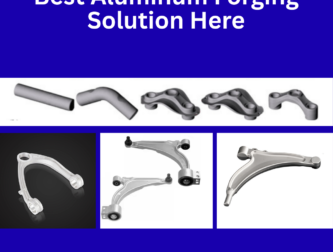
Aluminum Crown Forging Experts – Precision, Efficiency & Durabil
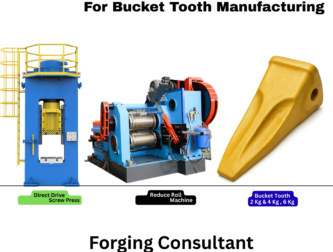
Complete Turnkey Solution for Bucket Tooth Manufacturing
Adhvika Forge Tech provides skilled forging manpower supply, covering
1️⃣ Material Selection Matters 🏗️ – Choosing the right allo
Aluminum and aluminum alloy forging involves shaping these materials t
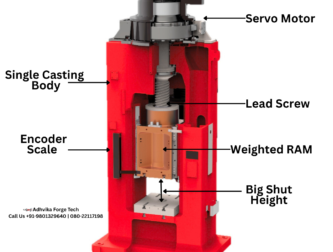
Direct Drive Electric Screw Press – Energy saving, high precision &
At Forging Consultant, we provide turnkey solutions for closed die for
High-Strength Railway Forging Components – End-to-End Solutions for
Why Forging Consultant Services Are Essential for Your Business Runnin
The forging industry is evolving rapidly, with advancements in technol

In the dynamic and demanding world of forging, where precision, effici
Amit Singh – A Global Forging Consultant Changing the Future of Forg
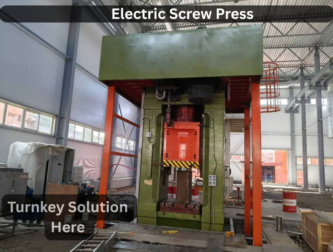
India Best Supplier Hot Forging Press Top 10 AD Electric Screw Press &
Discover Amit Singh’s expertise in forging consultancy and turnk

The railway forging industry is evolving fast 🚆 — blending human
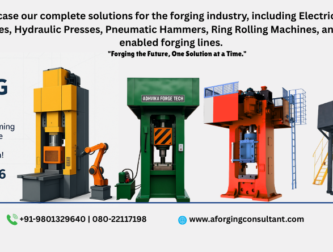
Forging Consultancy Group is proud to participate in Metal Forming Exp
A Ring Rolling Machine is used to manufacture hollow, ring-shaped comp


Shaping the Future of Forging with Vision, Experience & Innovation

Error: Contact form not found.
